Arthritis and arthritis are diseases of joint damage. That's why, due to the consistency of the name, many people don't understand the difference between arthritis and arthritis, but instead see them as something essentially similar. At the same time, arthritis and arthritis are far from the same thing.
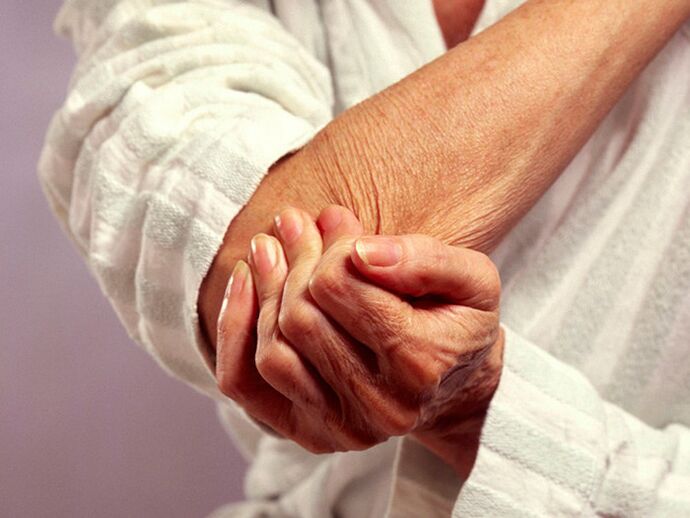
Arthritis is a gradually age-related joint deformation. Arthritis most often develops in the elderly (over 45 years old). On the contrary, arthritis is more common in younger ages (up to 40 years old). Although there are exceptions in both cases: sometimes arthritis occurs in people aged 60 to 70 (usually after severe flu, cold, hypothermia, stress); or arthritis begins in people aged 40 (in severe injuries, fractures, or professional athletes). Arthritis is a disease that only joints suffer. Simply put, the rest of the body does not participate in this process.
On the contrary, arthritis is an inflammatory disease of the entire organism. The inflammation of arthritis in joints is just the "tip of the iceberg", and in this process, some other processes that occur inside the human body are hidden. The inflammation of joints with arthritis can show their swelling, redness and severe pain that will not pass through during rest and sometimes even at night. They often hit internal organs - usually on the heart, liver, and kidneys. Sometimes, if not properly treated, some arthritis complications can pose a serious threat to the patient's life. Fortunately, it was found that arthritis was several times less than arthritis.
Causes of joint pain
Diseases of spinal joints and joints can also be divided into two groups: malnutritional processes and inflammatory processes. Therefore, the reasons for these conditions are different, and therefore, there are great differences in handling such processes. It is obvious that the success of treatment depends largely on correct and meticulous diagnosis and examination. Typically, X-rays and laboratory blood tests are performed and more detailed studies are conducted when necessary - MRI of the joints.

Inflammatory diseases
Usually, these diseases have IT ends - arthritis, spondylitis, polyarthritis, etc. The group also included Bekhterev disease. It manifests as inflammation of the joint tissues of the arms, legs and spine. Characteristic symptoms are pain, morning stiffness, red and hot skin, instead of swelling, mobility of one or more joints, deformation of the entire spine, joints over time, and disease progression. Inflammatory joint diseases can be from the following sources:
- Autoimmune or infectious allergic aggressive immunity associated with joint tissue;
- Often, metabolism is violated - the formation of salt crystals in joints and surrounding tissues, resulting in their inflammation;
- Infectious - Bacterial or viral inflammation of one or more joints.
joint
Articity is a joint condition that occurs with natural processes. Its main symptoms are pain and exercise limitations. Arthritis is widespread - arthritis is from 10% to 15% of all the inhabitants of the Earth. Primary arthritis is a naturally occurring disease caused by cartilage-related changes. Due to hereditary tendencies, metabolic diseases, increased load on joints associated with working conditions or excessive weight, joints can be early or later in life. The age of the joints is still young recently, and the disease has developed by the age of 30-40. At the same time, women suffer 2. 5 times more pain than men. In most cases, 30% of people have changed 50 years ago, and by the age of 60, almost everyone has some manifestations of joints and there is no difference in the field.
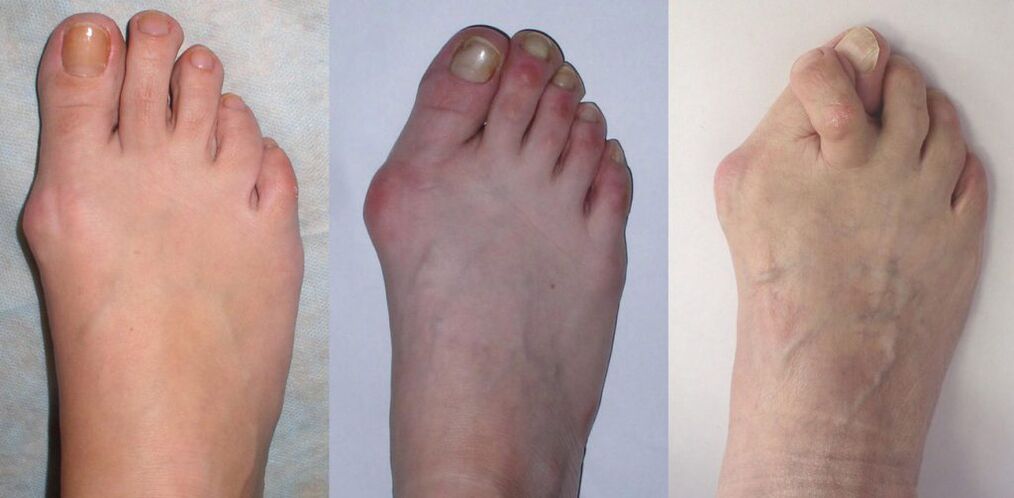
Secondary jointness - is the result of trauma being suffered. It can develop at any age. Generally, the surface of the joint is absolutely uniform, smooth and elastic. They move freely and slide, thanks to the lubricating joint fluid. Meanwhile, due to its elasticity, the surface of the joint bends slightly at the highest pressure, redistributes the load to make it more even and work like a shock absorber. As the joint acts, the cartilage covers the surface of the joint. As joints work in some places, the cartilage becomes thinner and degraded, changing and changing elsewhere, losing its normal structure. Small fragments of small cartilage appear in joint fluid, which themselves change with the quantity.
First, due to the decrease in the amount of joint fluid, the normal operation of the joint is disturbed and pain occurs during the exercise. Usually, they come after the intensified manual labor, if you give joint rest, but come back you just need to restore the load. Meanwhile, or later, the joints begin to get injured at night. The soft tissue around the joint is inflamed, "swelling", and excessive fluid may appear in the joint. Fluid accumulation. The result of slow inflammatory response. This is due to the modification of its own joint tissue. Now, the fabric is not local. It would be great if the immune system does not start "attacking" such fabrics.
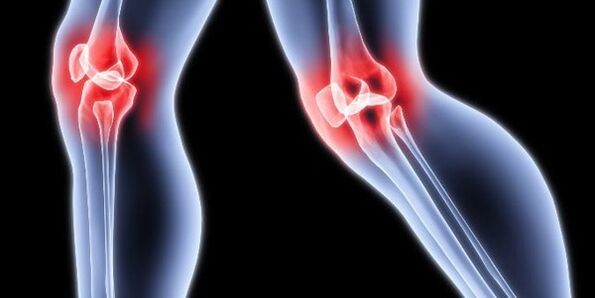
symptom
The main symptoms of joints: severe pain in the joints, joint deformation, and reduction of joint mobility during exercise. When joints are ignored, joint fixation occurs. The symptoms of joint symptoms are completely different, but the most unique one is joint pain. In most cases, it occurs in the event of any load or mechanical damage in the affected area. Generally, four major symptoms can be distinguished, which directly characterize diseases such as joints:
- pain;
- Shrink
- Reduced liquidity;
- deformation.
Decreased mobility is shown in later stages of disease development. This is because the muscles gradually spasm and the gaps in the joints disappear. The deformation of the joint is directly related to the fact that the bone plant forms on its surface. In most cases, this symptom occurs in the long-term lack of any appropriate treatment for the disease. Joint symptoms and joint properties may vary. This is affected by many different factors. It is important to make a comprehensive diagnosis of the disease before starting treatment.
Arthritis and osteoarthritis
These consonant diseases are similar in combinations of letters, symptoms. Doctors are split: Some people think arthritis and osteoarthritis are different names for a disease, and other diseases are not only named after their names. Osteoarthritis is progressive arthritis, which appears to be due to wear and tear of cartilage tissue. It happens to men, women, usually forty years old. What is the difference between arthritis and osteoarthritis? The similarity is obvious, and both diseases affect cartilage tissue, bring pain and bind a person's movement. Disease treatment has similarities. Patients with joint problems, overweight, weight loss diet, strengthening cartilage tissue can reduce the load and avoid complications of the course of the disease. Doctors recommend eating low-calorie content, and more vegetables and fruits, as they contain antioxidants that can help reduce inflammation in the body's cartilage tissue.
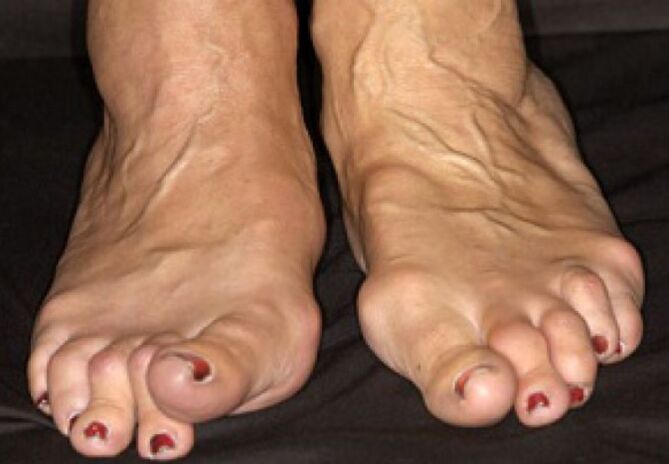
Due to the content of Omega 3, it is recommended to add fat varieties to your diet. Using olive oil is useful, has anti-inflammatory effects, and uses vitamin C to restore connective tissue faster. In both cases, therapeutic exercise was shown, strictly according to the testimony of the attending physician. It is worth reducing physical exercise in acute inflammation, wear orthopedic repairers to remove and properly load distribution.
arthritis
Arthritis - literally means "inflammation of the joint", a pathology that affects connective tissue can cause joint pain, swelling, degeneration, and disability. Men and women, children and adults. About 350 million people around the world suffer from arthritis. The cause of arthritis depends on various factors such as lesions (causing arthritis), metabolic diseases (such as gout), genetics, genetics of bacterial and viral infections, impacts, immune dysfunction (such as rheumatoid arthritis and systemic lupus). Often, arthritis is classified as one of the rheumatoid diseases. The causes of arthritis may be traumatic, metabolic, infectious, autoimmune, and idiopathic origins. The emergence of various present arthritis depends on the origin of the cause.
Signs, symptoms of arthritis
Symptoms of arthritis are not only during exercise, but also in stillness, swelling, swelling, morning stiffness in the joints, and the skin above the joints can be very hot. The movement is painful, but don't stop, it's limited to edema in soft tissues. Symptoms depend on the course and duration of the disease. Sharp and chronic state. Stages and types of occurrence - acute arthritis of the joints, which may occur suddenly, severe pain and body temperature rise, and redness in the inflammatory location, which are the main symptoms of the condition. The chronic course of the disease is slow and progressive. The danger is that the disease can become a chronic form. Symptoms are diverse and they are similar because they tend to affect joints, muscles, ligaments, cartilage, and tendons, and many of them affect other areas of the body.
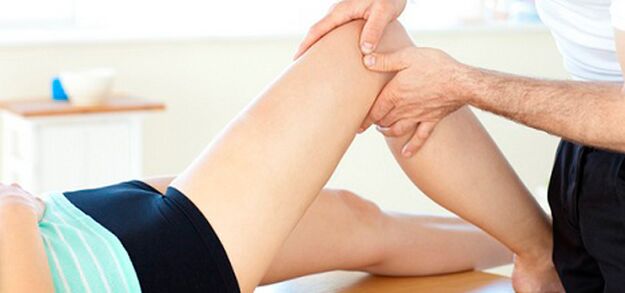
symptom:
- When joints and muscles become more rigid in the morning, the stiffness of the joints can be observed so that it is impossible to walk or get up. For those with rheumatoid arthritis, it may take several hours to go smoothly. Liquidity limitations.
- edema.
- The failed field is red.
- Muscle weakness.
- Many forms of arthritis can cause symptoms that affect various organs of the body: fever, lymph node edema, weight loss, fatigue, and general discomfort.
Disease Type
Osteoarthritis is the most common type of arthritis. It is characterized by an inflammatory state. Due to the gradual deterioration of the cartilage layer, it covers the joint surface. The risk factors for osteoarthritis vary. The most important thing is: the elderly associated with women, harm and obesity. Osteoarthritis affects any joint, but it has joint tendencies in the arms, knees, hips and joints of the spine. In addition to pain, joint stiffness, swelling, and reduced mobility, this is also attributed to the formation of bone plants (or bone spurs). In the advanced stage, the use of osteoarthritis is very difficult.
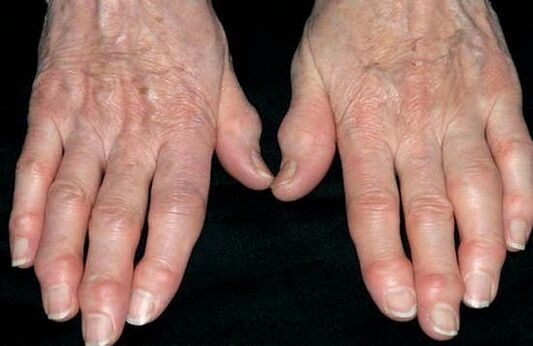
Unfortunately, this type of arthritis is not treated, only symptomatic treatments, i. e. , designed to reduce existing symptoms. For therapeutic and preventive purposes, doctors recommend that they be active and perform ongoing therapeutic physical exercise. Rheumatoid arthritis is an autoimmune disease that is caused by an immune system failure. Various studies have shown that it has multiple risk factors, the most important of which are: genetic susceptibility to the gender of women, ages 40 to 60, smoking, herpes virus and Epstein-Barr virus (VEB). This type of arthritis attacks the joints in the synovium and causes changes in the overall joint structure, damage to its joint surface and articular cartilage, weak ligaments and stretched joint capsules, and joint capsules change their shape. At the beginning of rheumatoid arthritis, inflammation can basically affect the joints of the fingers and legs.
How to distinguish these diseases?
In some cases, chaos occurs in various diseases because lesser-known drugs believe that arthritis and arthritis are the same thing. In fact, this is not the case, because in the first case, the disease is acutely inflammatory and in the second case - long-term, less obvious chronic. Due to such nuances, independent treatment without a doctor is very risky and is not recommended - do not risk self-assessment. The main difference between arthritis and arthritis: With the influence of the joint, the main destructive activity is not carried out through inflammation, but through the degeneration process of articular cartilage. If the joint is very injured and swollen, and although you feel "not very", the exercise of the joint will be painful and there will be "crunch" during the exercise, then the skin feels very high, which is a high possibility of arthritis.
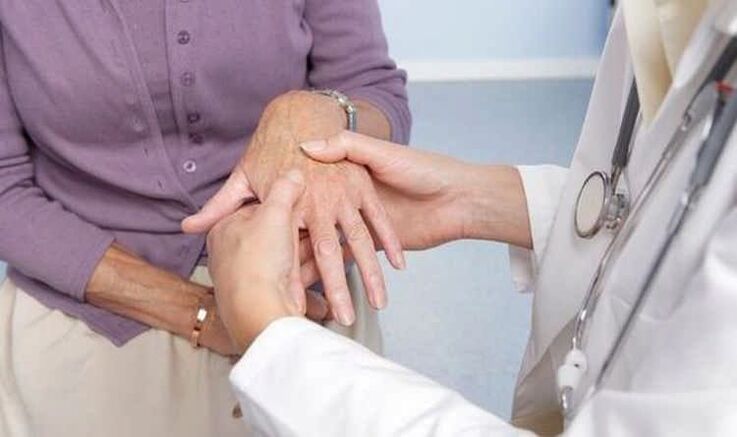
If the joint is not hurt, it can be said constantly over time (months of suffering) while the amount of movement of the legs or back is gradually limited, from month to month, we can say it is getting worse and worse… This is more likely to be the possibility of joint joints (WWI). Most young people suffer from arthritis, less than two percent of the entire Earth’s population. Arthritis is a more common disease, accounting for about 10% of all humans. Therefore, young people are rarely tired of arthritis, and the problem is that the incidence of older generations increases. After crossing the 50 threshold, about 30% of people suffer from various forms of arthritis. At age 70, this or another joint deformation occurs in almost 50% of cases. It is very important to note that the effects of the joint extend to the joint and do not transfer to other tissues, bones or organs. Through arthritis, an inflammatory process occurs throughout the body, and the inflamed joints are just their most obvious manifestation.
























